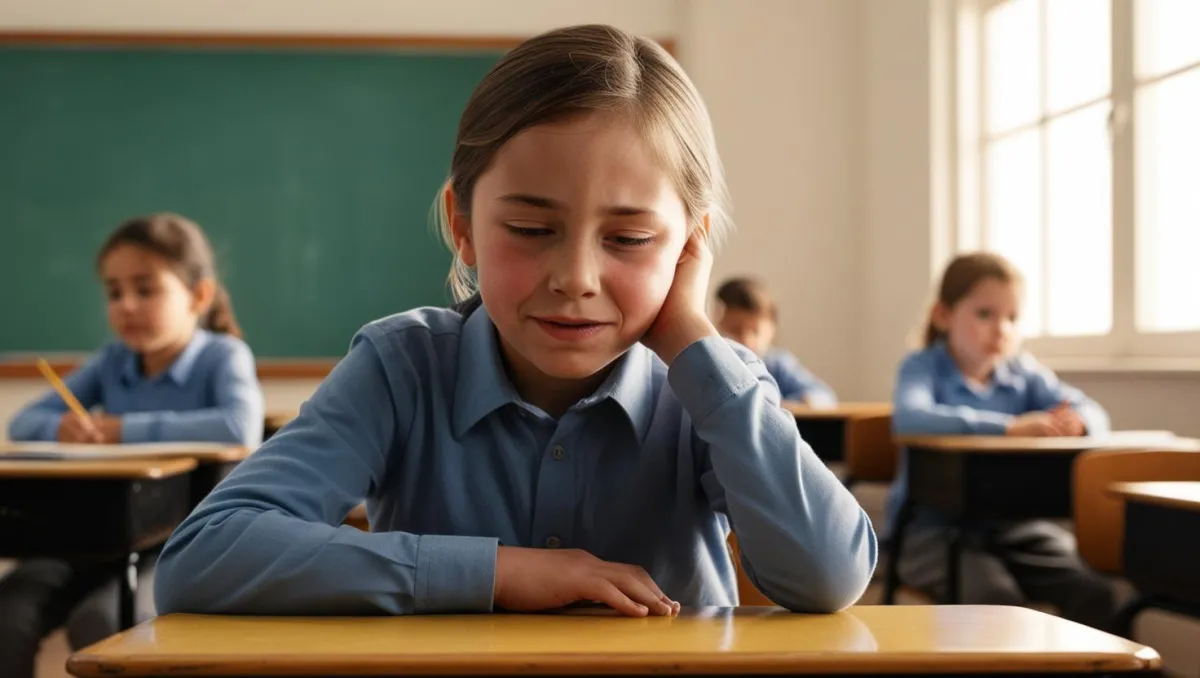
How to Identify Orofacial Myofunctional Disorders Early: A Guide for Parents and Caregivers
How to Identify Orofacial Myofunctional Disorders Early: A Guide for Parents and Caregivers
In a world where pediatric health is under increasing scrutiny, one often-overlooked issue is quietly affecting children's long-term well-being, mouth breathing. Though seemingly harmless, mouth breathing, especially in children, can be a key indicator of deeper orofacial dysfunctions. Many parents remain unaware of the silent yet significant impact poor tongue posture and improper oral muscle function can have on speech development, sleep quality, and even facial growth.
This editorial explores the early warning signs of Orofacial Myofunctional Disorders (OMDs), the long-term consequences of ignoring them, and how Orofacial Myofunctional Therapy provides a science-backed, non-invasive path toward lasting correction.
Problem Identification, The Hidden Signs Parents Miss
Most children will not say, Mom, I think my tongue posture is misaligned.
That is because Orofacial Myofunctional Disorders (OMDs) are subtle in appearance and often dismissed as just a phase. These disorders occur when the muscles of the face, mouth, and tongue do not function properly. They can show up as habits like:
Chronic mouth breathing
Open-mouth posture, even at rest
Trouble chewing or swallowing
Speech difficulties, especially with S, L, or R sounds
Poor sleep or snoring
Forward head posture or long face growth patterns
One of the earliest signs, mouth breathing, often goes unnoticed. It may start as a response to nasal congestion, allergies, or enlarged tonsils, but over time it becomes habitual. Unfortunately, this simple shift from nose to mouth can set off a chain reaction of dysfunctions in oral and facial muscle development.
Consequence Amplification, What Happens If You Wait Too Long?
Left untreated, OMDs can lead to a cascade of health issues that extend well beyond the early years.
1. Speech Development Delays
Improper tongue placement can interfere with articulation and pronunciation, especially during crucial language acquisition windows. A child struggling with sounds may suffer in school or withdraw socially.
2. Facial Growth and Alignment Issues
Chronic mouth breathing can alter jaw development, leading to malocclusion (misaligned teeth), elongated faces, and even an increased need for orthodontics later.
3. Sleep Disruption and Behavioral Challenges
Mouth breathing reduces oxygen intake efficiency and can lead to fragmented sleep. Poor sleep is linked to irritability, trouble focusing, and ADHD-like symptoms.
4. Weakened Immune Function
Nasal breathing acts as a filter. Without it, children are more susceptible to respiratory infections and dry mouth-related oral issues like cavities.
The bottom line: Early intervention is not just about speech, it is about setting your child up for long-term health and success.
Solution Framework, What Can Parents Do Today?
Awareness is the first step. If you suspect your child exhibits signs of OMDs, here is what you can do.
A. Observe Daily Behavior
Is your child breathing through their mouth when watching TV or sleeping?
Do they struggle with chewing or tend to push food around in their mouth?
Do they pronounce certain letters incorrectly or speak with a lisp?
B. Get a Functional Assessment
Book an evaluation with a certified orofacial myofunctional therapist. These professionals specialize in diagnosing muscular dysfunctions and crafting personalized plans that can include exercises, posture training, and breathing retraining through Buteyko techniques.
C. Start Orofacial Myofunctional Therapy
The therapy involves fun, non-invasive exercises designed to retrain the tongue, lips, and facial muscles. It is not only effective, it is often enjoyable for kids. Consistent work with a therapist can correct underlying patterns, improve breathing efficiency, and support natural speech development.
Subtle Positioning, How Primal Air Can Support You
At Primal Air, we understand the profound effects that seemingly minor habits can have on your child's overall well-being. Our certified orofacial myofunctional therapists use science-backed methodologies, including Buteyko techniques, to help children:
Improve tongue posture
Transition from mouth breathing to nasal breathing
Support normal speech development
Prevent long-term dental and facial issues
Our goal is not just to treat symptoms, it is to empower families with tools for lifelong health. If your child is showing any of the signs discussed in this article, consider reaching out for a consultation. The earlier the intervention, the better the outcome.
Final Thoughts: Early Awareness Is Empowerment
Your child's health is shaped by small decisions made today. Identifying Orofacial Myofunctional Disorders early can make a world of difference, not just in how they breathe, speak, and sleep, but in their confidence, their energy, and their future.
If you are unsure where to begin, start with a simple observation: Is your child breathing through their nose or their mouth right now?
That one question could lead you toward a better future.
Explore more or schedule an assessment at Primal Air.
Disclaimer: This article is for informational purposes only and should not replace medical advice from a qualified healthcare provider.
Discover how lip ties affect speech development and how Orofacial Myofunctional Therapy can help - read our recent article here...

